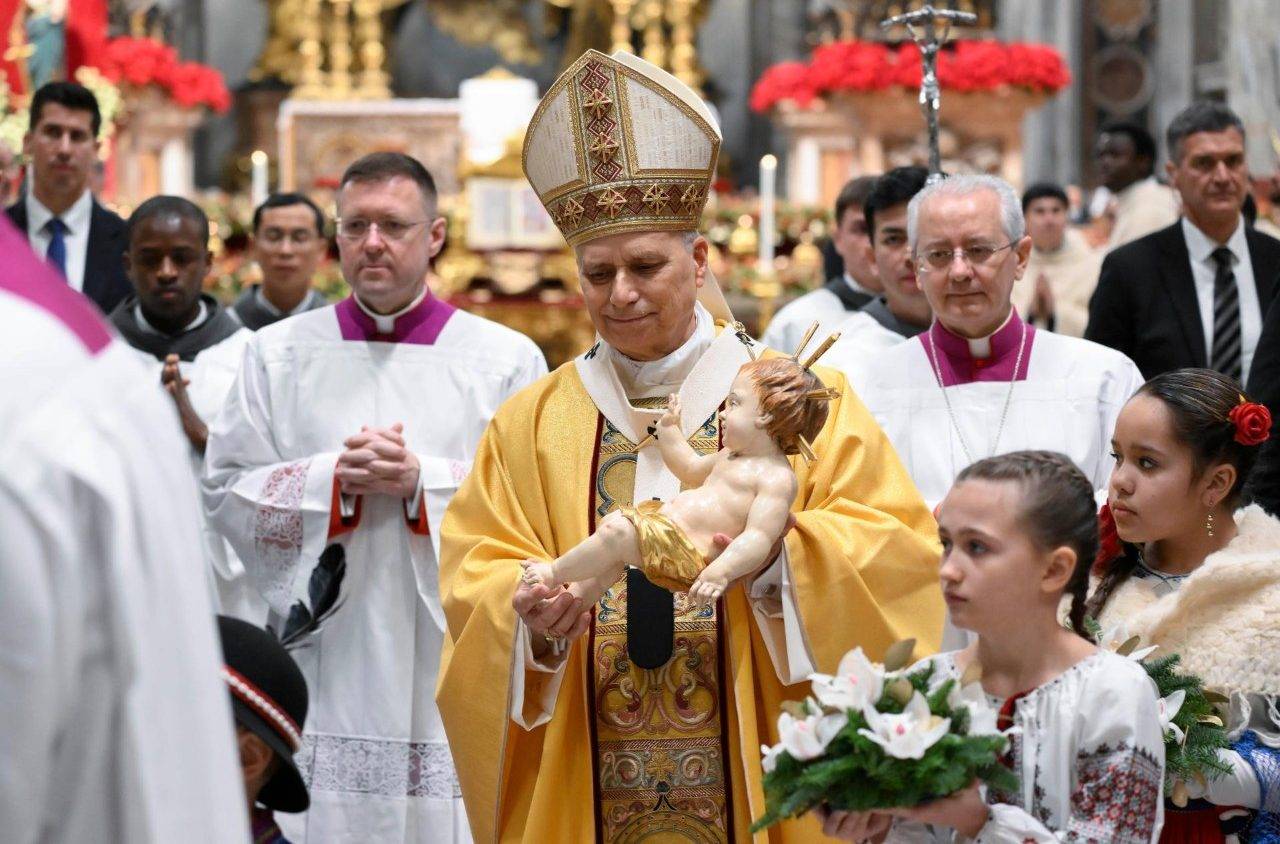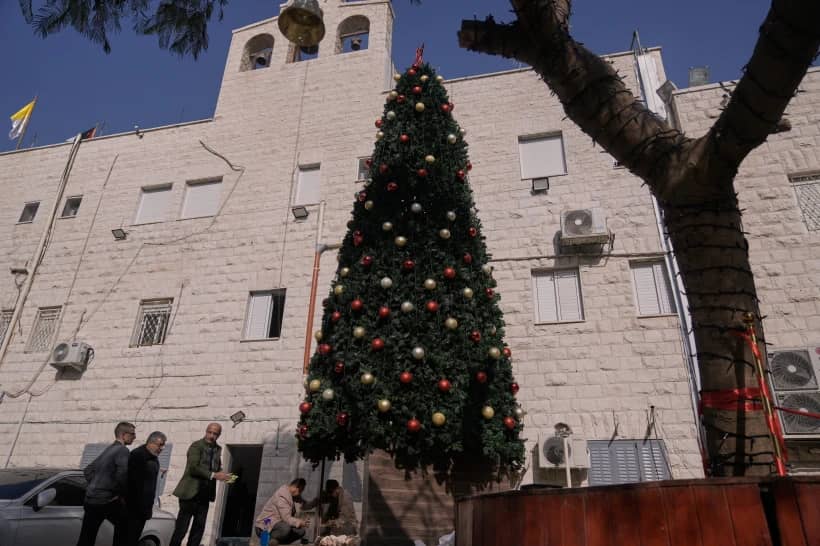ROME – A previously unknown chapter in relations between the Vatican and America has come to light thanks to a new book by an Italian historian, proving that the first-ever video recording of a pope was made not, as previously believed, by an early Italian filmmaker, but rather by a British-born American who started his career working for Thomas Edison.
In the end, William Kennedy Laurie Dickson’s role in the 1896 filming of Pope Leo XIII was all but scrubbed from official records, in part, according to the new historical research, because of Vatican umbrage that the images were being shown at fairs and other entertainment venues considered “lascivious” and inappropriate for a pontiff’s dignity.
Leo XIII, who was born in 1810 and was thus 86 years old in 1896, is considered the earliest-born person ever to be captured on film. The images of him are well-known, and recently were enhanced and colorized on-line.
However, it’s long been believed that they were recorded in the Vatican Gardens by early Italian filmmaker Vittorio Calcina, who was a colleague of the legendary French brothers Louis and Auguste Lumière, whose 1895 public screening of a short film for a paying crowd of roughly 40 people is considered the birth of the modern cinema.
Drawing on Vatican archival material, however, Italian historian Gianluca Della Maggiore has shown that Dickson actually shot the images on behalf of the American Mutoscope and Biograph Company, which had been founded in the United States the year before and was the first company in the country devoted entirely to film production and exhibition.
Dickson, who had been born in Brittany, France, to British-American parents, relocated to the United States in 1879 at the age of 19 and found a job with famed inventor Thomas Edison, working on early versions of the motion picture camera. Eventually he left Edison’s group and joined the American Mutoscope and Biograph Company, where he was assigned the project of filming the pope.
Della Maggiore found a handwritten letter in the Vatican archives from then-Monsignor Francesco Salesio Della Volpe, a papal aide who would later go on to become a cardinal, addressed to then-Archbishop Sebastiano Martinelli, the apostolic delegate to the United States, who would also eventually become a cardinal. In the latter, Della Volpe provided details on the three filming sessions Dickson conducted with Pope Leo XIII in June and July of 1896.
Among other things, Pope Leo XIII blessed the Biograph camera used by Dickson to record the images, marking the first time a pope blessed a motion picture device.
The brief video is made up of three segments: Pope Leo XIII on a throne in the Vatican gardens, the pontiff arriving in a horse-drawn carriage, and then Leo XIII taking a seat on a bench flanked by aides.
According to Della Maggiore, subsequent references to Dickson were omitted from Vatican accounts of the filming, in large part because of irritation with what was seen as the inappropriate commercial exploitation of the images, including exhibitions at fairs and other settings in which other, raunchier films were also shown.
At one stage, according to Della Maggiore, the Vatican actually considered pursuing legal action against Dickson and the American Mutoscope and Biograph Company, although those plans eventually were dropped.
Italian Monsignor Dario Edoardo Viganò, former head of the Vatican’s Secretariat for Communications and today the vice-chancellor of the Pontifical Academies for Science and for Social Science, confirmed Della Maggiore’s account.
“At a certain point the relationship with the Americans broke down because the images were also viewed in places of even lascivious entertainment,” he said during a recent presentation of a new book by Della Maggiore.
“The Vatican didn’t think it was appropriate to show images of the pope in a context where the sacrality of the pontiff was missing, [so] it broke relations with Dickson and created a new relationship with the Calcina brothers,” Viganò said.
Viganò added that if the Vatican Film Library had had access to all the Vatican archives utilized by Della Maggiore in his research, the false attribution of the Leo XIII images to Calcina could have been avoided.
In a largely forgotten 1901 essay for Royal magazine, Dickson briefly described his experience in the Vatican.
“I found the pope a most lovable man, and owe much to his kindness,” Dickson wrote. “He took a great interest in the pictures, and on one occasion, having received some prints from London, I showed them to him. He was delighted, and exclaimed ‘Wonderful! Wonderful! See me blessing!’”
Dickson added that “none of the views may be shown in a place of secular amusement, nor without the authority of the Church,” the conditions upon which the Vatican would later remove Dickson and his American company from the equation.














